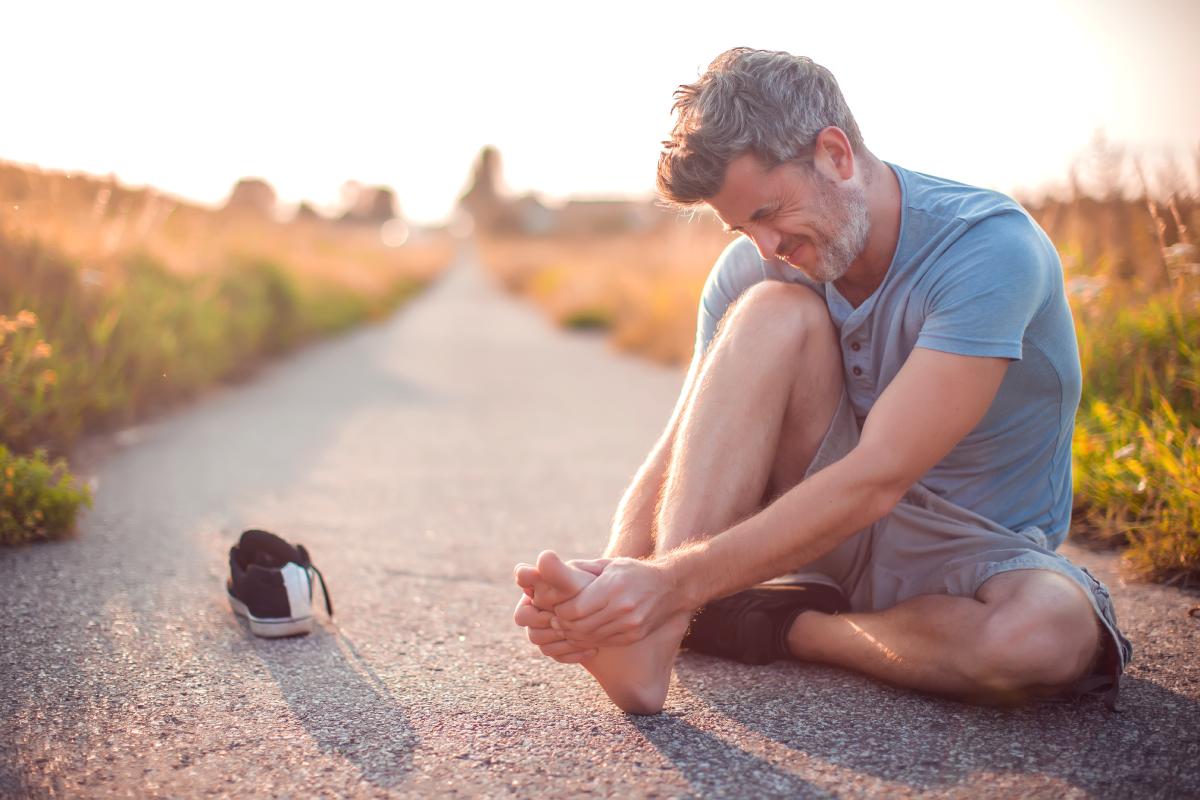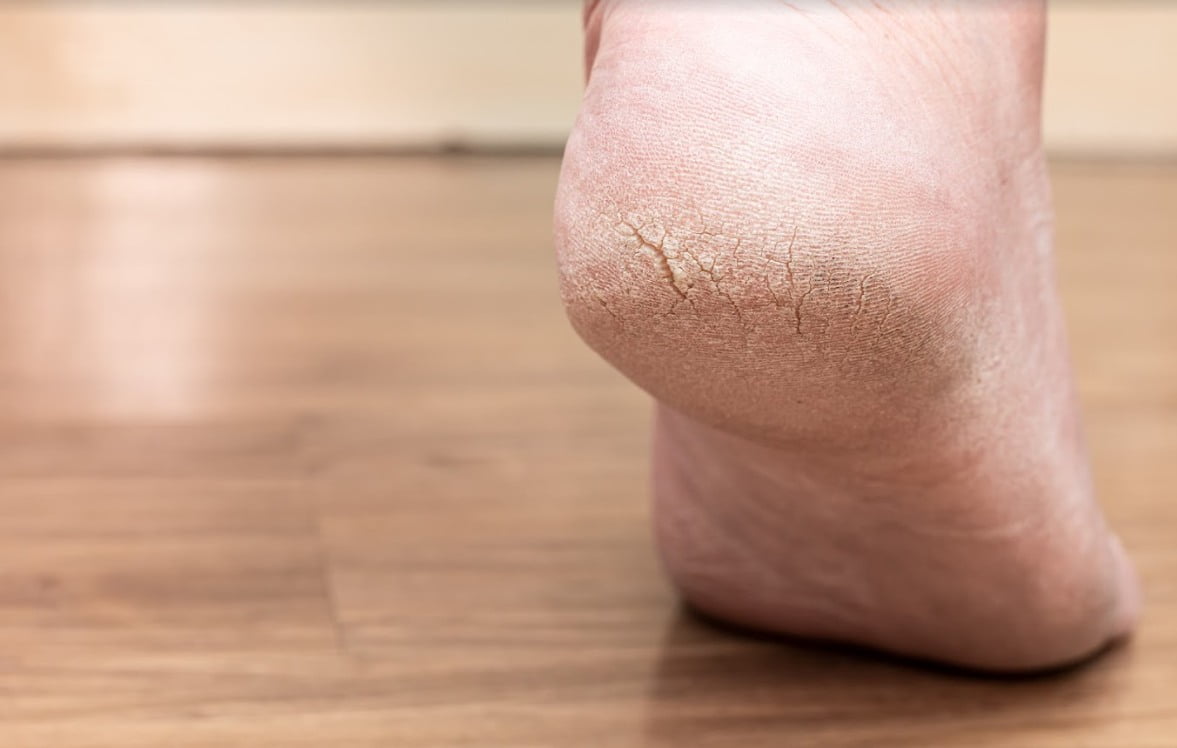
13 Common Foot Problems And How To Manage Them
Common Foot Problems And How To Manage Them – The feet are something most people usually abuse from climbing, running, jumping, and walking. And most people tend to take care of their feet until they experience a foot problem. Whether it’s a problem from a condition, illness, or pain, your feet are something that you should also take care of as it’s a vital part of the body.
Nevertheless, the best way to manage foot problems is to have it checked by a podiatrist from a reliable medical foot care clinic such as Easternidahofootclinic.com, so they can determine the exact problem and treat the grief from your feet.
Moreover, if you’re wondering about foot problems that you may probably experience, below is the list of common foot problems, together with how you can prevent and manage them:

Table of Contents
1. Athlete’s foot
An athlete’s foot is a common skin infection that affects your feet. Itching and peeling skin between the toes are the common symptoms of this condition. You can usually treat it with powders, creams, or sprays that you can buy from a pharmacy. But it usually takes several weeks to work.
Furthermore, this condition’s treatment should perform as quickly as possible to avoid becoming fixed and spreading to the other parts of your body or even to other people.
Additionally, to alleviate the symptoms of the athlete’s foot or prevent it, you should make sure your feet are always; sprayed with anti-fungal powder on the feet and between your toes. Also, expose your feet to the air whenever possible. And lastly, avoid sharing socks, shoes, and towels with other people.
2. Hammertoes
Hammertoes are another common foot problem that’s usually coming from muscle imbalance. The second, third, fourth, or fifth toe is bent at the middle joint, causing the toe to appear like a hammer. In the early stages, hammertoes are flexible and can quickly treat with simple traditional measures. But if it’s left untreated, they can be firmed and need surgery to treat them. For that reason, getting this evaluated and treated as soon as possible by a podiatrist is the best way to avoid them becoming worsen.
On the other hand, if you want to avoid getting this foot problem, make sure you always wear comfortable shoes that give support and enough space for your toes. Stretching your toe muscles to relieve pain and pressure can also help.
3. Blisters
Blisters usually form on the feet and are commonly due to the combination of pressure and friction while wearing ill-fitting shoes. This condition often vanishes on its own without any treatment. If the blisters are painful or large, it’s not advisable to drain or pop them. Popping the blister can make a hole in the skin and open the area up to infection. Plus, popped blisters are usually more painful as the nerves in your skin under are more exposed.
Although most blisters heal on their own, you can make it faster and reduce the pain by doing simple treatments such as keeping the area clean and dry, spending some time barefoot, and wearing socks with your shoes.
4. Bunions
Bunions are aching bony bumps that develop on the inside part of the foot at the bottom of the big toe joint. It usually turns toward the second toe rather than straight forward. This condition often happens in older people, but youngsters might also experience them. Furthermore, some factors can add to the growth of bunions, including foot injuries, types of arthritis, hypermobility, and other heredity factors.
In typical cases, you can treat bunions by wearing wider shoes with appropriate space inside to ease the pressure from the toes. Moreover, one practical way to reduce the pain is to avoid activities like playing contact sports or long periods of standing.
Lastly, to prevent yourself from having this condition, make sure to avoid wearing shoes that result in pressing, squeezing, cramping, or irritation of your toes and feet.
5. Corns And Calluses
Corns and calluses are a development of thick and hard areas of skin. Although these thickened can develop anywhere on your body, you’ll commonly see this condition on your hands, fingers, and feet. You’re most likely to see corns on the sides or tops of toes and feet, and they to be small and round. On the flip side, calluses are larger and have a more irregular form.
To treat typical corns and calluses, properly removing the hardened areas of skin is an effective way to do it. Whereas, if you want to avoid the buildup of hard and thick skin on your feet, you should make sure you wear comfortable and well-fitted shoes, which means you should avoid high-heeled or narrow-toed shoes. And if you’re wearing leather-soled shoes, consider adding padding to support your feet.
6. Plantar Fasciitis
Plantar fasciitis is a chronic inflammation of the ligament extending below the sole. This condition is usually the result of repetitive tension to the ligament of the sole of your foot, such as inappropriate footgear, jumping injury, or excessive walking or running. Moreover, this can also be the result of certain diseases like Ankylosing spondylitis and arthritis.
The good news is, you can treat plantar fasciitis by doing simple at-home remedies such as wearing appropriate shoe inserts, putting ice on the sole area of the feet three to four times a day, limiting prolonged standing, and massaging the area.
On the flip side, if you want to avoid having this foot problem, make sure to treat any inflammatory disease you have, if there’s any. Another way is by making sure to wear simple footwear and stretching the area of your sole regularly. Lastly, the condition is becoming worst, seek the help of a podiatrist.
7. Heel Spur
A heel spur or bone spur is a bony-like condition that stretches between your heel bone and arch. This foot problem often starts underneath and in the front of your heel. Heel spurs eventually impact the other parts of your foot. Moreover, detecting this condition can be challenging. That’s why most people don’t realize they have this foot problem until they feel pain. But keep in mind that not all pain is related to heel spurs.
For that reason, it’s better to visit a podiatrist to evaluate your foot pain and determine the proper treatment. But typically, some podiatrists treat heel spurs the same way they heal plantar fasciitis to reduce the pain correlated with heel spurs.
Furthermore, preventing yourself from having this condition requires more attention as you’ll always ensure you’re not putting constant stress on your feet, which means that you should give your feet a rest from time to time while you’re walking, running, or standing.
8. Claw Toe
Claw toes are foot deformations that happen due to an imbalance in the tendons, muscles, or ligaments of the foot that usually hold your toe straight. Some factors such as foot structure, the types of shoes you wear, injury, and specific diseases can cause this foot problem. Dealing with claw toes can sometimes be mistaken for hammertoes condition. Nevertheless, you may have claw toes if the last two joints of your feet are bending firmly like a claw.
There are some simple but effective strategies that you can do on your own to treat this foot problem. These include wearing right-sized, comfortable shoes, stretching your toe, and adding pads with your shoes. However, if nothing works for you and you still feel pain, visiting your healthcare provider is highly advisable.
9. Ingrown Toenail
Ingrown toenails are one of the common foot problems that podiatrists encounter whenever a patient visits them. They can be painful and limit your ability to get anything done. Moreover, this condition happens when the sides of your nail grow into the enclosing skin. The most significant contributing factor to an ingrown toenail is also the fact it’s hereditary. Another common cause for this foot problem is the inappropriate shoes you wear.
If you have an ingrown toenail, there are practical ways you can do at your home to treat it, especially if it’s simply in mild condition. First, apply a warm compress to your toe until the nail is elastic. Then, dry your feet thoroughly, including between your toes, to avoid dampness. After that, put a straight splitter beneath the edge of your nail to keep it away from the skin.
Next, use antibiotic cream or ointment to the area once you’ve finally done all the above steps. Lastly, you may also consider taking a pain reliever to help you ease the mild swelling and pain. After trying home treatment and your toenail does not respond to it, seek the help of your doctor to avoid further infection.
10 Diabetic Foot
Diabetic foot is also a common problem, especially for people with diabetes. For instance, they may not be able to feel their feet properly once there’s damage to their nervous system. Their feet are also more likely to get bacterial skin infections that develop into gangrene due to poor blood flow. What’s worse is, this can be life-threatening once the infection spreads to the bloodstream. For that reason, if you’re a person with diabetes, you should be fully aware of avoiding any food problems before they happen.
Therefore, to keep your feet healthy, there are some significant steps that you can take. These include checking your feet regularly for any possible injuries, keeping your feet clean, and wearing supportive shoes and socks. And most importantly, it’s highly advisable to get regular examinations on your feet by a podiatrist.
11. Flat Foot
A flat foot is a deformation that happens when the arch collapses and comes into an almost complete touch with the ground. This condition may be already existing at birth or develop over time due to injury or age. Moreover, a flexible flatfoot is a usual form of flatfoot that commonly occurs in children. If you want to check whether you have this condition, there are methods that you can follow.
First, you should wash your feet. Then, stand on a flat ground where you can show your footprint. Next, step away and take a look at the prints. If you see full imprints of the base of your feet on the ground, this likely indicates you have flat feet. And it would be best for you to visit your doctor to get proper surgery.
But if you’re considering using at-home remedies for this condition, there are also some steps you can take to prevent or manage it. To begin, you may consider wearing shoe inserts that are the best fit for your activity. You should also avoid doing some excessive movements that put stress on your feet, like running.
Most importantly, if you finally visit a foot care clinic, you should ask your healthcare provider about the stretches you can do to prepare yourself for activities that can be intensive.
12. Toenail Fungus
Another common foot problem that you may experience is toenail fungus. It’s a famous fungal infection that has a detrimental impact on your toenails. This condition occurs when fungi grow between your toenail and the tissue underneath the toenail. And the good thing is, there are several steps you can take to prevent this fungal infection. The first thing is, avoid walking barefoot in public areas like swimming pools, public showers, and locker rooms. You also need to ensure that your nail trimmer is clean before using it. Moreover, you should make sure your feet are fully dry after your shower. Lastly, wear shoes that are comfortable and fit correctly.
13. Gout
Gout has many kinds of conditions which occur due to the increase of uric acid. Specifically, this foot problem is a type of arthritis that can cause swelling and severe pain around your foot joints. If you want to prevent yourself from having gout, consider avoiding foods with high purine, such as alcohol, red meats, certain seafood, and organ meats. Furthermore, you may also consider avoiding smoking, maintaining a healthy weight, and exercising regularly. Doing these strategies may help you prevent or reduce the severity of gout attacks.
Conclusion
Dealing with a foot problem can be frustrating. Hence whether you’re living with neuropathy, plantar fasciitis, athletes’ feet, or other foot conditions, your podiatrist can perform a treatment plan to help you with your foot problem. Apart from seeing a healthcare provider, keep in mind to take care of your feet as it’s also a vital part of your goal to keep yourself healthy and fit.


